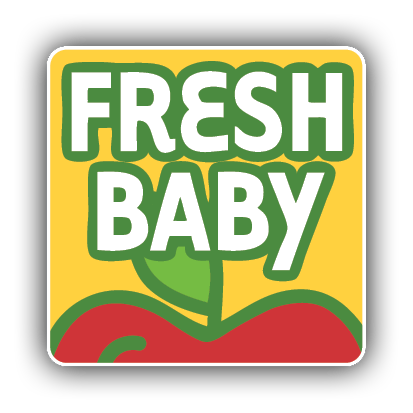
Labels on packaging can be misleading. “Trendy” terms are sometimes used by processors that can be meaningless on a package of chicken. The National Chicken Council defines the following terms that are commonly used to describe chicken:
Free Range: There’s no precise federal government definition of “free range.” Generally, it means that chickens have access to the outdoors for at least some part of the day. Chicken labeled as “organic” must also be “free-range,” but not all “free-range” chicken is “organic.” Less than 1% of chickens nationwide are raised as “free range”.
Farm-Raised: All chickens are raised on farms, so any chicken could be labeled “farm-raised”.
Natural: Under USDA regulations, a “natural” product has no artificial ingredients, coloring ingredients, or chemical preservatives, and is minimally processed, just enough to get it ready to be cooked. Most ready-to-cook chicken can be labeled “natural”.
Organic: The USDA has strict standards to define “organic” chicken production and prohibits the use of the term “organic” on packaging that is not certified as meeting these standards. The standards include:
- The birds must be raised organically no later than 2 days after they hatch
- They must be fed certified organic feed
- It is prohibited to give drugs, antibiotics or hormones to organic birds
- All must be “free-range” (have access to outdoors)
The cost of organic chicken is generally higher than the conventionally raised product. Only fractions of 1% of chickens in the United States are certified “organic”.
Hormone-Free: Despite what you may hear, no artificial or added hormones are used in the production of any poultry in the United States. Regulations of the FDA prohibit the use of such hormones.
Raised without Antibiotics: This term indicates that the flock was raised without the use of products classified as antibiotics for animal health maintenance, disease prevention or treatment of disease.
Antibiotic-Free: Technically, all chicken is “antibiotic-free” because no antibiotic residues are present in the meat due to the withdrawal periods and other precautions required by the government and observed by the chicken companies.
Enhanced Chicken Products: Some fresh (raw and uncooked) chicken products are enhanced with chicken broth or a similar solution. The presence and percentage of the broth or other solution must be stated clearly and the actual ingredients listed on the label. Salt is used in some enhanced products. By nature, chicken is very low in sodium. The presence of salt or sodium will be noted on the nutrition label.
Retained Water: A “retained water” statement, such as “May contain up to 6% retained water” is often found on packages of fresh poultry. USDA prohibits retention of moisture in meat and poultry except for the amount that results from essential safety procedures, such as chilling processed chickens in ice-cold water to reduce their temperature and retard the growth of spoilage bacteria and other microorganisms. If any moisture is retained by the product after this procedure, it must be stated on the label.
Home Grown Chickens and Feed: This term refers to where the chicken (and what it is fed) was raised. Most chicken sold in the USA is home grown, or raised in the USA. There is a very small amount imported from Canada. American chicken feed is made from corn and soybeans grown in the United States.
Find out more about chicken nutrition, preparation and recipe ideas by reading Chicken: The Perfect Protein.


